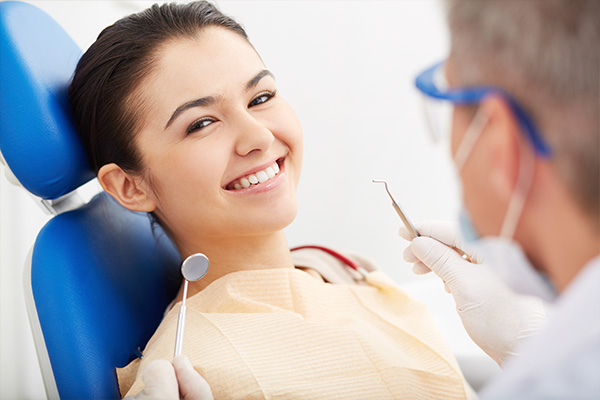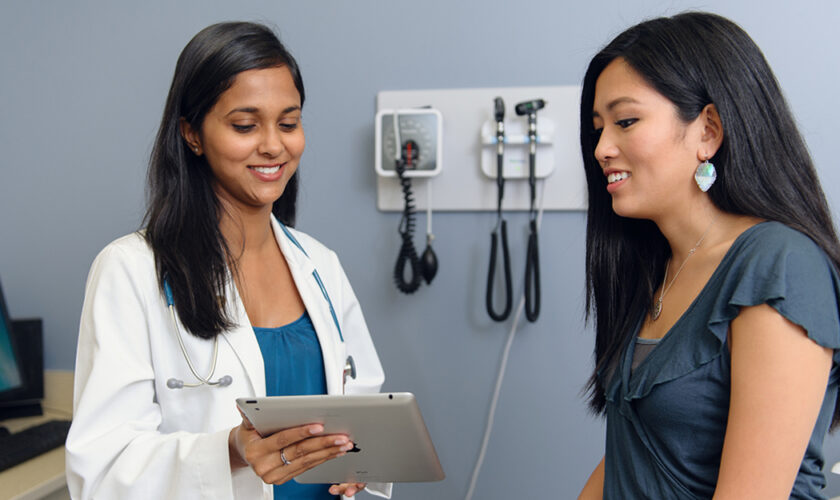In the world of spine surgery, minimally invasive surgery (MIS) has been gaining popularity in recent years. MIS is a surgical procedure that uses smaller incisions than traditional open spine surgery. This results in minor tissue damage, blood loss, and scarring. In addition, patients often experience a shorter recovery time. If you’re in Pittsburgh, Pennsylvania, find dependable specialists in modern procedures. A suitable Pittsburgh board-certified orthopedic spine surgeon will customize the proper treatment for your medical needs.
What is Minimally Invasive Spine Surgery?
Spine surgery is usually an open procedure, meaning it requires a large incision in the patient’s back. MIS spine surgery uses smaller incisions designed to minimize damage to the surrounding tissue. The surgeon makes small openings in critical locations of the spine. Then they insert instruments and other tools through these openings to perform surgery directly on the spinal column.
How Can I Benefit From Minimally Invasive Spine Surgery?
Minimally invasive surgery is becoming incredibly popular in many areas of medicine. The benefits are numerous, but perhaps the most significant advantage of MIS is the recovery time involved following surgery.
On average, patients have a shorter recovery time after MIS procedures than traditional open surgery. Many patients return to their normal activities much faster, such as work and exercise.
Who is the Best Candidate for Minimally Invasive Spine Surgery?
It is important to note that while some patients may be ideal candidates for MIS spine surgery, not all patients are good candidates. The best way to determine whether or not you are a candidate for minimally invasive back surgery is through an initial consultation with your surgeon. With this information in hand, you can discuss the risks and benefits of MIS vs. traditional open surgery.
What Conditions can Minimally Invasive Spine Surgery Treat?
Minimally invasive spine surgery is used to treat several different conditions related to the spine, including:
- Back pain
- Herniated discs
- Degenerative disc disease
- Scoliosis
- Arthritis
- Spinal stenosis
- Compression fractures
- Bone spurs
Types of Minimally Invasive Surgeries
Foraminotomy
This is the procedure performed to relieve pressure on the nerve root. The surgeon makes an opening in one or more vertebrae and associated disc space. They then use instruments to remove portions of the bones and create a tunnel toward the affected nerve.
Laminectomy
This procedure aims to relieve pressure or discomfort on the spinal cord. It involves removing bony tissue along the back of the neck called the lamina. A minimally invasive laminectomy uses smaller incisions than traditional open spine surgery, making it easier for surgeons to access and remove appropriate portions of the vertebrae.
Microdiscectomy
A microdiscectomy is a minimally invasive procedure that removes a herniated disc. The surgeon makes small incisions to access an injured disc during this surgery. Then they perform the appropriate discectomy or remove part of the damaged disc tissue. This type of surgery is often used to relieve pain that radiates into the leg.
If you or someone in your life is experiencing chronic back pain, it’s essential to consult a spine surgeon. In addition to traditional open surgery that involves large incisions and significant recovery time, minimally invasive spine surgery may be an option for some patients. Foraminotomies are an MIS procedure that removes pressure from the nerve root while laminectomies relieve pressure on the spinal cord.









